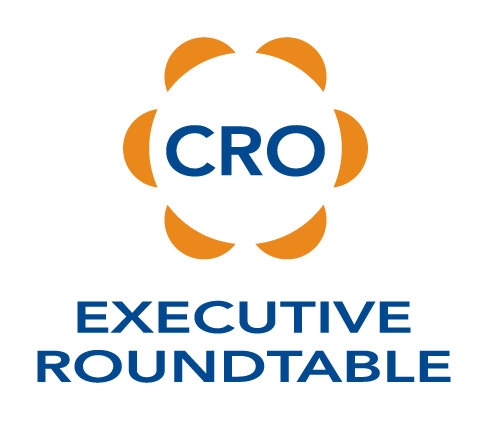As sales leaders, one of the hottest topics in leadership is emotional intelligence. A dictionary definition: the capacity to be aware of, control, and express one's emotions, and to handle interpersonal relationships judiciously and empathetically.
This characteristic is becoming the defining factor for great leaders today. Beyond “handling interpersonal relationships judiciously,” what exactly is it?
This post from Addicted2Success breaks down emotional intelligence into 5 key components. As a leader, it is important to know these components and to develop your skills to support them.
Here is a condensed summary of the 5 components from the article:
1. Self-Awareness
Self-awareness is the ability to acknowledge in real-time your own emotions and passions and the effect those have on others. You know the impact your emotions have on your behavior and that they can be contagious. This means that an emotionally intelligent leader will keep a positive and inspiring tone to their emotions to motivate their team and keep a calm office.
2. Self-Regulation
Understanding your emotions and their effect is one thing, but a truly important aspect of emotional intelligence is self-regulation, the ability to channel or refocus potentially negative emotions into constructive action. For example, fear doesn’t lead to a failure to act but inspires a leader to tackle the thing they fear.
3. Internal Motivation
A key component of emotional intelligence is self-motivation. This means that a person does not need external validation or factors such as money or status to drive their work. A self-motivated person will have naturally high standards, optimism, and passion towards achieving their purpose. This, in turn, motivates individuals working under such a leader.
4. Empathy
Empathetic leaders can relate to what other people are going through and can adapt their approach accordingly. Empathy in a leader means they listen to their team, both what they are saying verbally but also non-verbal cues such as tone and body language. This is critical for a good leader, as it creates an inclusive team with engaged and loyal members.
5. Social Skills
Social skills can include building rapport, team building, and networking. Social skills are important for dealing with awkward situations, conflict resolution, and motivating and praising team members.
How do you stack up? The evolution in leadership over the past 30 years has been remarkable. The days of military drill sergeants are gone. Now it is up to CRO’s to use a broad level of emotional intelligence to drive their sales team to success. If you are looking for help in these areas, from building your own skill set to understanding your team’s emotional intelligence, we can help.












